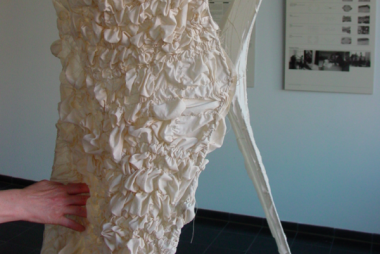- AURELVR
- DESIGN
- RESEARCH
- TEACHING
TOOLS
We develop and use digital tools for analysis, design, communication, and education. Our tools harness data and technology both critically and productively. These tools address the analytical, generative, simulation, visualisation and communication domains of design processes. With respect to the quick generation of urban design alternatives, parametric digital design support tools such as Processing, Grasshopper for Rhino 3D and ESRI CityEngine are used. These require the explicit statement of design intents to create the design-determining rule sets. The use of tools allows us to think of solution spaces instead of focusing on one seemingly optimised solution, and further that the digital tools can help to visualise those and evaluate them transparently. This approach requires standardised input data to produce results. Design domains potentially contribute to Semantic Urban Elements via unified protocols and semantic web technologies.


